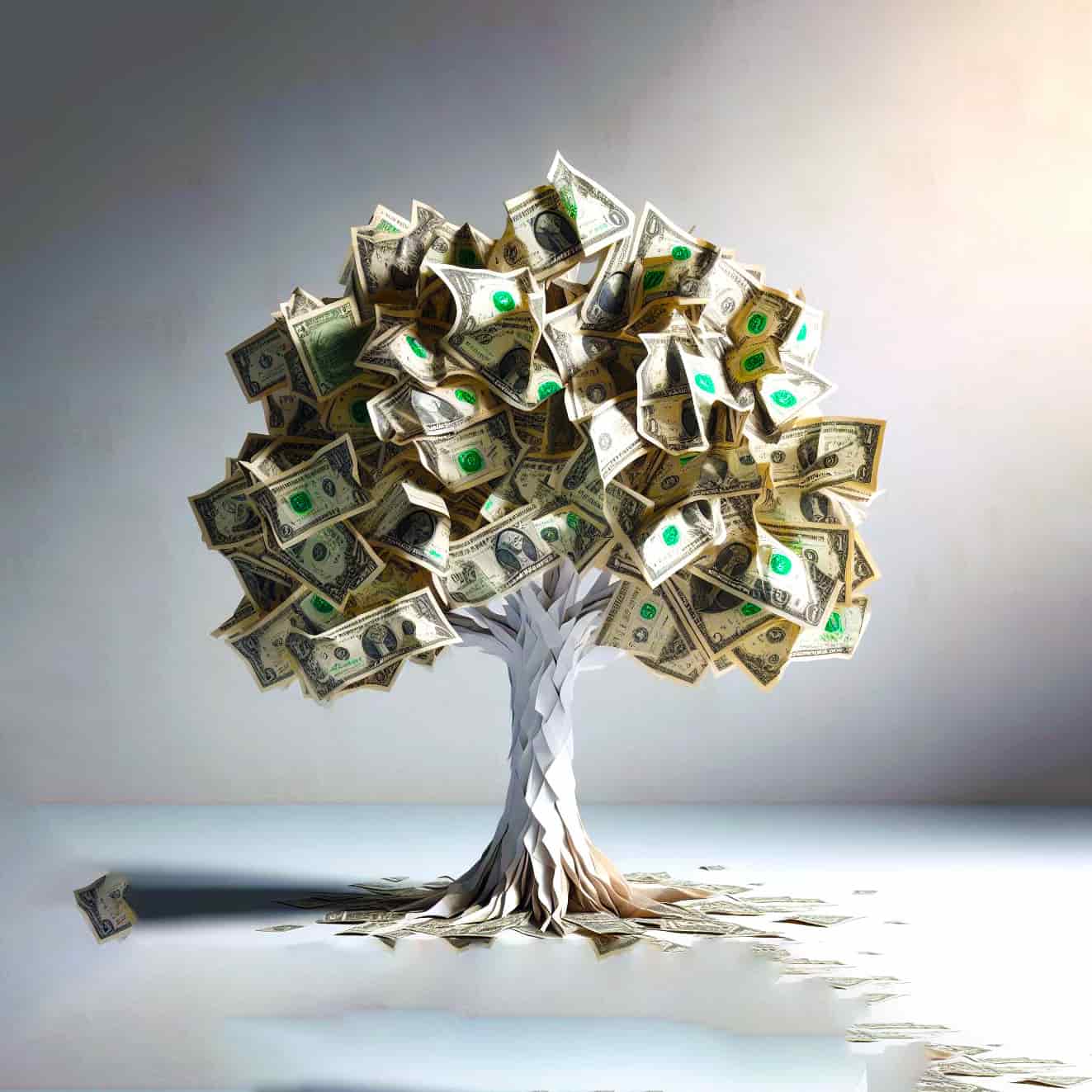As Spain grapples with climate-induced woes, the repercussions resonate globally, propelling olive oil prices to unprecedented heights and reshaping consumption patterns.
In the sun-drenched landscape of Jaén, the heart of Spanish olive oil production, Francisco José García de Zúñiga surveys his olive fields during harvest season. The rhythmic hum of machines shaking trees reverberates in the background as workers diligently beat the olives off their branches.
However, despite the picturesque scene, Zúñiga’s expression betrays a deep concern. “This is turning out to be another bad year, to put it mildly,” he remarks, pointing to the toll of two consecutive years of drought, in 2022 and 2023, coupled with disappointing harvests.
Jaén, located in the southern inland province of Spain, holds a pivotal role as the world’s largest producer of olive oil, covering a staggering 70% of European Union consumption and 45% of global demand. The significance of this region in olive oil production makes it susceptible to the consequences of climate-related challenges, particularly the scarcity of rain.
Zúñiga underscores the global ramifications of Spain’s difficulties in olive oil production, stating, “When Spain has problems, that creates problems for global production. If the world supply is lower because Spain is producing less and the demand remains the same, the price goes up – it’s the law of supply and demand.”
The repercussions of Spain’s predicament are reflected in the surge of olive oil prices within the country. In this year alone, prices have escalated by over 70%, following a sharp rise in 2022. A one-liter bottle of extra virgin olive oil currently commands around €9 in low-budget supermarkets. While there has been a slight dip in market prices in recent weeks, it provides only momentary relief.
At the epicenter of this challenge is the Nuestra Señora del Pilar cooperative, a behemoth in the olive oil production realm. Serving as the conduit for hundreds of Jaén olive farmers, this cooperative is the largest of its kind globally. However, the 2022-23 season witnessed a dismal harvest of 24 million kilos of olives, marking one of the worst figures on record.
As the current year unfolds, the cooperative anticipates a total harvest of approximately 30-35 million kilos – a figure that still falls significantly below the average. Cristóbal Gallego Martínez, the cooperative’s president, attributes the surge in olive oil prices to factors like increased fuel, electricity, and fertilizer costs over the past two years.
However, he underscores that the predominant factor is the prolonged lack of rain.
Martínez elaborates, “We have a Mediterranean climate, which tends to have dry periods, periods of heavy rain and then intermediate spells. Right now we’re in a dry period, and it’s lasting a long time.”
This observation ties into the broader implications of climate change, challenging traditional assumptions that a poor harvest would inevitably be followed by a more prosperous one. According to a UN environment programme report, temperatures in the Mediterranean region are rising 20% faster than the global average.
Various regions in Spain, including Andalusia in the south, have implemented measures to curtail water usage. Martínez advocates for governmental measures, both at the national and local levels, to address the intensifying cycles of drought and rain.
He specifically emphasizes the need for investments in irrigation systems to mitigate the impact of prolonged dry spells.

The surge in olive oil prices is not confined to Spain; it resonates across Europe. However, in certain countries, the increase has not been as abrupt. A noteworthy trend has emerged, with Spaniards living near Portugal crossing the border to procure slightly cheaper oil.
Despite 65% of Spanish oil being sold abroad, the industry faces a severe drop in exports this year. Domestic sales also exhibit a decline, with a 10% fall in consumption over the last year, according to government figures. Consumers are turning to cheaper alternatives like sunflower oil, a shift that experts caution against.
They argue that opting for lower-cost alternatives risks sacrificing a product integral to the famous Mediterranean diet, which includes vegetables, pulses, and fish.
“[Virgin extra] olive oil is the best thing a human can consume in order to prevent, or even treat, cardiovascular illness,” asserts Fernando López-Segura of Córdoba’s Reina Sofía hospital.
As a co-author of an investigation into the Mediterranean diet published in The Lancet last year, he emphasizes the significant health benefits of consuming olive oil. “The quantity of oil that we recommend people consume is very small, and the health benefits of it are huge,” López-Segura adds.
However, it appears that, at least for the present, rainfall, as much as health concerns, is determining the amount of olive oil people consume. As Spain grapples with the multifaceted challenges of climate change, fluctuating harvests, and economic dynamics, the olive oil industry navigates turbulent waters, impacting both local communities and the global market.
Source: BBC
This article is brought to you by Expat Hub Valencia, a property buying agent in Valencia. Using the Expat Hub’s services, you will be able to successfully navigate Valencia’s complicated property market in no time.
© Olive Oil Apocalypse Unleashed: Spain’s Harvest Sends Global Prices Soaring – Valencian.es
Get some more News from Spain like Olive Oil
